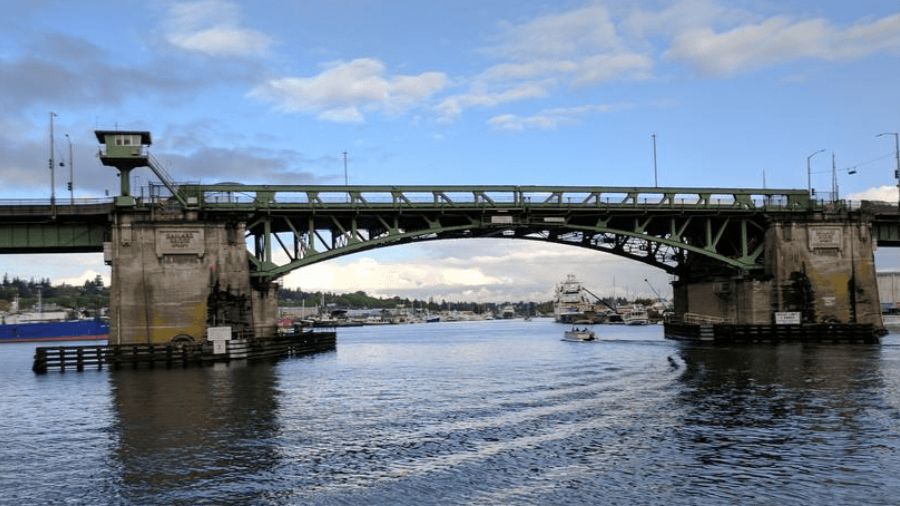Thousands of fish removed from the Hylebos Creek
Aug 31, 2023, 5:02 AM | Updated: 10:37 am
All drivers see is the lowered speed limit and construction zone, but just out of sight, thousands of small animals and fish were removed from Hyelbos Creek in Fife to restore nearly 200 acres of habitat.
Just feet from Interstate 5, northwest of the freeway from the old 70th Street overpass, a transformation is underway that will return this wetland to its native state. A delta of creeks and streams used to feed into Hylebos Creek before the freeway cut it off. As a new are being built here, it’s time to let nature return alongside them.
THIS is why we鈥檝e seen a lot of traffic and weekend closures on our interstates lately! And coming up next, I-90 馃悷 Chris Sullivan takes Chokepoints on the Road to explain this habitat restoration work. We鈥檙e in Hyelbos Creek just feet from I-5.
More on Seattle transportation: Sound Transit approves $122.5M contract change, will conduct more research
Heavy machinery is racing against the upcoming spawning season to cut this channel and get it ready for the fish and animals to return.
“We’ve widened it in locations upwards of 40 feet out there in the channel. Washington Department of Transportation project engineer Tom Slimak told 成人X站 Newsradio. “It was quite quite channelized and so we’re just restoring what it what it should have been.”
But to get in the water with heavy machinery, widen the channel and add old trees to create habitat, Slimak said they had to remove all the wildlife first.
“What we had to do is make sure that we safely moved the aquatic life that was in this channel before we even got in here and do any of our work,” he said.
It’s called , and it’s done on every fish passage project the Washington Department of Transportation (WSDOT) does.
“They’d have waders on as they’re walking through this area with different nets to pick up aquatic life,” Slimak said. “They would be identified by environmental biologists to say what is this aquatic life and then make a determination of where that species should be released, either upstream or downstream, based on what that was.”
WSDOT’s Kris Olsen stated that de-fishing is completed in stages.
“They just walk it with a net,” she said. “They’re not trying to catch anything really at that point. They’re just shooing them out of the way because it’s less stressful for the fish if they can go under their own steam.”
The workers continue that pattern until everything is out of the creek.
“So you start with something really low key, shoe out of the way, and then you start going okay now we’re going to block the section and start more actively fishing them with nets, trying to scoop and then move on to the next one, which would be like electrofishing,” Olsen continued.
And electro-fishing is just what it sounds like, pumping a small current into the water.
“[With electrofishing], they can safely stun that aquatic life so that they can capture it and safely transport it to other locations,” Slimak said.
Those workers removed thousands of fish, including juvenile salmon, and a lot more.
“We had other aquatic life like freshwater mussels,” Slimak continued. “I mean it ran the gamut. What we’re trying to do is when this is all built, we want that aquatic life, those thousands and thousands that we saw in here. We want that to multiply.”
More from Chokepoints: A reminder to get your trailer out of the left lane
Workers have until September 15 to finish the in-water work to beat the upcoming spawning season. What once was a somewhat stagnant and small channel is now full of trees of every size, installed with care to create small pools and hidey-holes for fish to enjoy.
All this environmental work will also help our commuters. This project will lower the flood plain by several feet, meaning I-5 should no longer flood in heavy storms around this corner.
Check out more of Chris’ Chokepoints.














